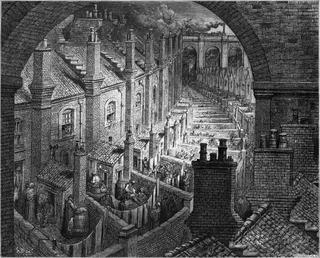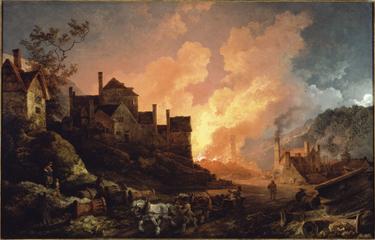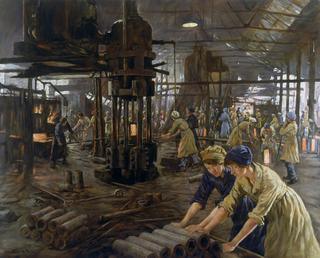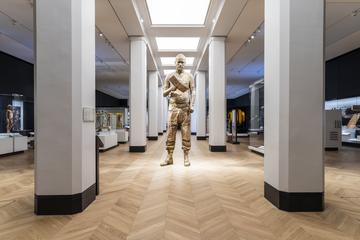








Mezzotint, `Vivisection', by C J Tomkins after J McLure Hamilton, issued by Henry Graves 23 June 1883
Vivisection, operating on or dissecting live animals has long been a part of physiology and drug testing. The animals were normally anaesthetised before experiments, so that they would not feel pain. The physiologist in this print is shown holding a bottle of liquid, which could be an anaesthetic, before experimenting on the dog. The dog looks up at the man with almost pleading eyes and the scene has an element of sentimentality that is typical of popular prints of the late Victorian period. Clearly, the physiologist had already conducted some experiments as a dead bird can be seen in the left hand corner. The artist of the picture was the American John McLure Hamilton (1853-1936).




